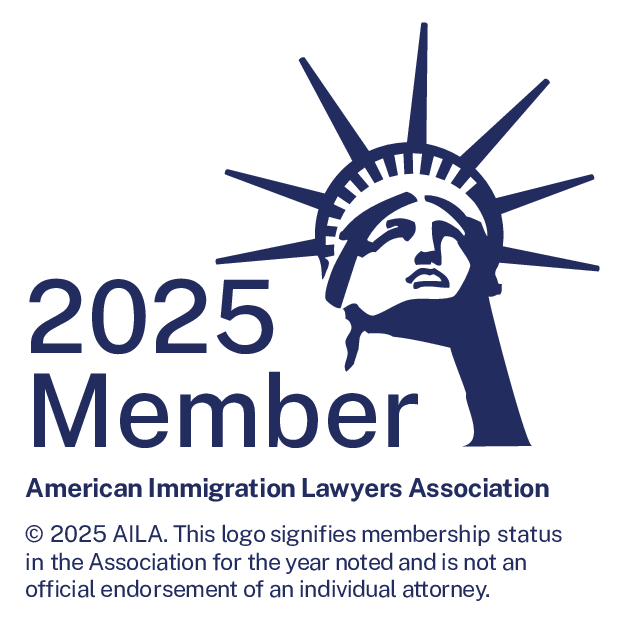L-1A and L-1B Non-immigrant Visas
Intra-Company Transferees
To meet staffing and business needs, multi-national corporations may find it necessary to move key employees from foreign operations to domestic operations. To enable such transfers, Congress created two non-immigrant visas for temporary assignments and established a special immigrant visa category for permanent assignments in the U.S.
L-1A and L-1B Non-immigrant Visas
Where a corporate relationship, such as a parent-subsidiary or affiliate relationship exists between an American and a foreign business entity, L-1 visas are available for the transfer of persons from the entity abroad to the entity in the U.S. In order to qualify for such a visa, the transferee must have worked abroad for one (1) continuous year within the preceding three (3) years in an executive or managerial capacity or in a position that requires specialized knowledge, and that person must be transferred temporarily to the U.S. in order to work in an executive, managerial, or specialized knowledge capacity for the related U.S. business entity.
L-1A visas are reserved for the transfer of executive and managerial employees. Immigration Law defines an “executive” as a person who directs the management of an organization, or a major component or function thereof. Such a person sets the goals and policies of the business and has discretionary decision-making authority. An executive functions independently, or receives only general supervision or direction from a higher-level executive, board of directors, or stockholders of the organization. “Manager” is defined as a person who manages an organization or a department, sub-division, function, or component of that organization. A manager supervises and controls the work of other supervisory, professional or managerial employees, or may manage an essential function within the organization. A manager has hiring and firing authority and exercises discretion over the day-to-day business operations. The U.S. Citizenship & Immigration Service (CIS) does not, however, consider a first-line supervisor as a person acting in a managerial capacity, unless the employees supervised are degreed professionals.
L-1B visas are reserved for the transfer of employees who have specialized knowledge. Such knowledge differs from the usual knowledge that employees gain by working in a particular field. It is knowledge at a level that constitutes expertise in the organization’s processes and procedures, or knowledge of the employer’s business that is not readily available in the U.S. Characteristics of an employee with specialized knowledge include, but are not limited to, possessing knowledge gained through prior experience with the employer that is valuable to the enterprise’s competitive position in the market place; being uniquely qualified to contribute to the U.S. employer’s knowledge of the foreign corporate parent, subsidiary or affiliate entity’s operating procedures; and having experience as a key employee abroad with responsibility for assignments that enhance productivity, competitiveness, image or financial position.
The CIS may approve L-1 visa petitions for initial periods of up to 3 years. L-1A visas can be extended for a maximum total of seven (7) years and L-1B visas can be approved for a maximum total of five (5) years. L-1A and L-1B visas are processed through CIS regional offices in the U.S. and through U.S. Department of State consular offices abroad. In order to accommodate the needs of large corporations that transfer key personnel on a fairly regular basis, the CIS makes a Blanket L-1 visa available that can significantly speed up a transferee’s entry into the U.S.
Immigrant Visa and Permanent Residency
In cases where the transfer of a foreign national employee to the U.S. is permanent or indefinite, L-1A executives and managers have a distinct advantage over L-1B visa holders. The U.S. corporate entity and the foreign national executive or manager may file immigrant visa and permanent residency papers without first testing the U.S. labor market, for the availability of qualified U.S. workers, through the labor certification process. To qualify for permanent residency as an intra-company transferee, the foreign national executive or manager must have been employed overseas by the corporation or other legal entity, affiliate or subsidiary, for one (1) year within (3) years preceding the transfer and the executive or manager must be entering the U.S. in order to continue rendering executive or managerial services to the same employer, or a subsidiary or affiliate thereof.
In contrast to the permanent residency process for executives and managers, employers of L-1B visa holders must first process labor certification through the Federal Department of Labor, before proceeding with immigration matters with the CIS. The labor certification process increases the time it takes to complete the permanent residency process.



